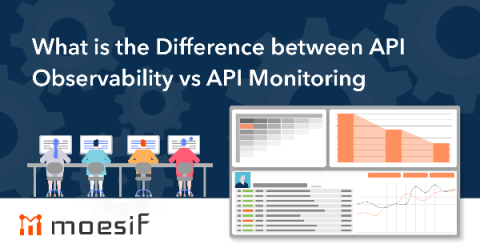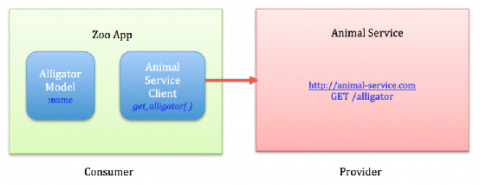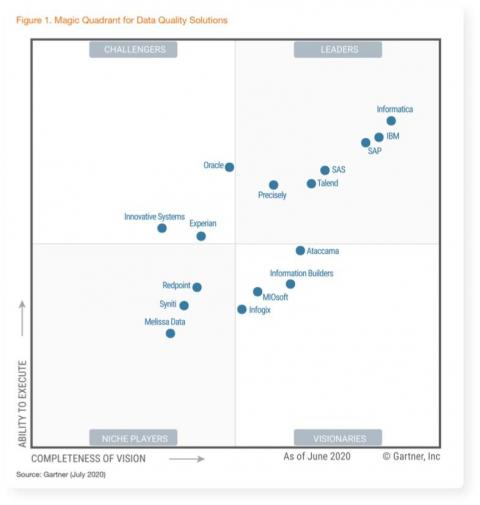What is the Difference between API Observability vs API Monitoring
The traditional definition of API monitoring has been around for years from companies like SmartBear, APIMetrics, and Runscope and useful to check API correctness and performance. An API monitoring tool initiates API calls against your chosen endpoints and then records the response received. Additional checks can be added such as create a slack alert on a 500 error or timeout.










